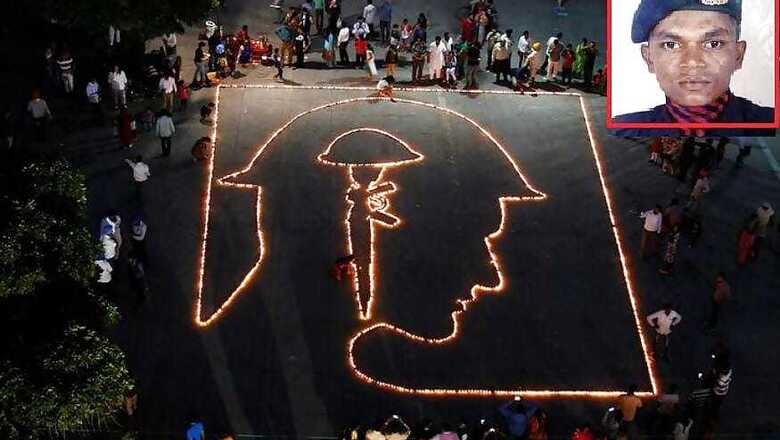
views
New Delhi: The death of an Indian Army soldier who appeared in a sting operation criticising the Sahayak (orderly) system has renewed calls to disband a system widely seen as a colonial relic.
Roy Mathew, a soldier working as a Sahayak, was found dead in his barracks days after a sting video showed him criticising the orderly system.
Reacting to Mathew's death, Nalin Talwar of the Sabka Sainik Sangarsh Committee (SSSC) has called for a police inquiry into his death, while Veer Bahadur Singh, the President of the Junior Commissioned Officers (JCOS), said "even servants are treated better than Sahayaks".
Rajya Sabha MP Rajeev Chandrashekhar is of the opinion that use of Sahayaks at the homes of officers in times of peace was "in no way justified". "The Army themselves needs to take a deeper look and put a stop to this system. Sahayaks are being used in positions that are not required. The Army should start a real debate on dismantling the Sahayak system," he said.
Here's a look at the controversial Sahayak system:Who Are Sahayaks?
Sahayaks are attached to Army officers when serving with units or headquarters functioning on war establishmentHow Are They Deployed?
- One Sahayak is attached to every field officer or an officer of a higher rank
- One Sahayak is attached to every two officers of the rank of captain and below
- One Sahayak for every Subedar Major
- One Sahayak for every two Junior Commissioned Officers of the rank of Subedar and belowWhat a parliamentary panel has said on Sahayaks?
According to a House Panel, the Sahayak system is "demeaning and humiliating" and “lowers the self-esteem of a jawan.”
"Soldiers are recruited to serve the nation, and not to serve the family members of officers in household work… Jawans are not technically supposed to attend to the household duties at the residence of the officers," it said.
It's a "shameful practice which should have no place in the independent India... Any officer found to be violating the instruction in this regard be dealt with severely," it had added.Sources:
- Standing committee on Defence, 31st Report, 2008-09











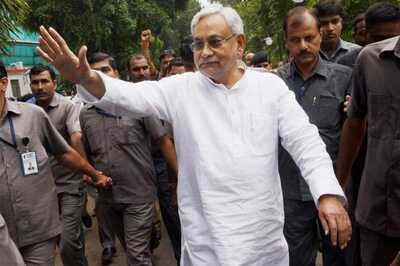
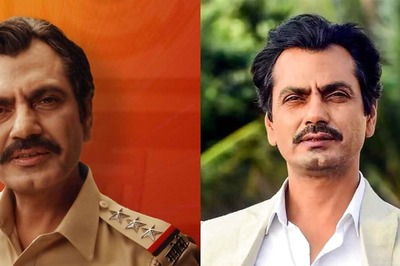

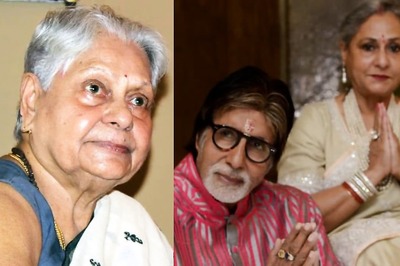
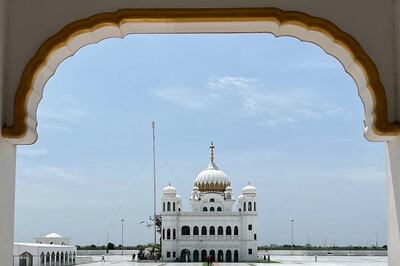
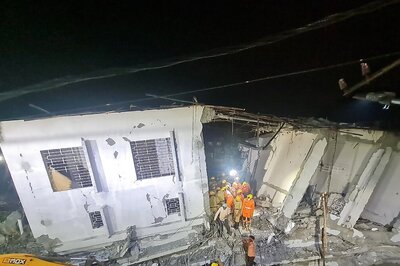
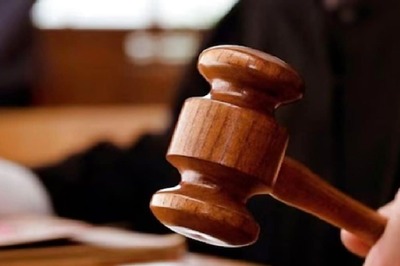
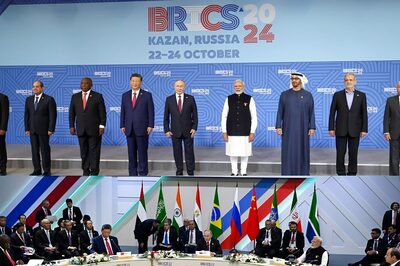
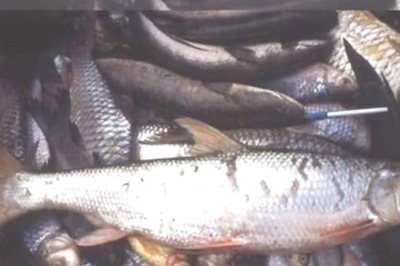
Comments
0 comment